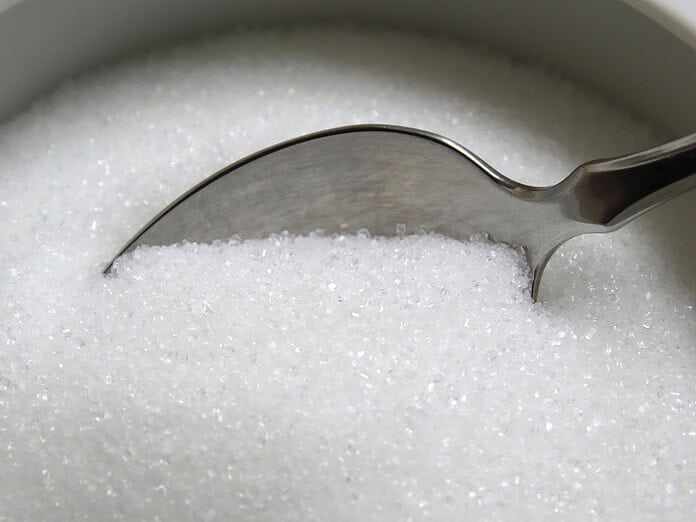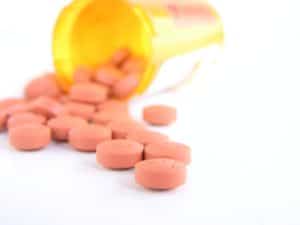- Key Notes on Revised Schedule M: Plant and equipment - August 16, 2025
- Drug Imports: New Online System for Dual Use NOC launched - August 2, 2025
- Amendment: Know About the Cosmetics (Amendment) Rules, 2025 - July 31, 2025
Last Updated on October 2, 2024 by The Health Master
Inverted Sugar
Inverted sugar, also known as invert sugar, is a key ingredient used in various industries, including the pharmaceutical sector.
This article explores the characteristics of inverted sugar, its production process, and the diverse applications it finds in pharmaceutical units.
Understanding Inverted Sugar:
Inverted sugar is a mixture of glucose and fructose formed by the hydrolysis of sucrose. Sucrose, a disaccharide, is commonly found in sugarcane, sugar beets, and various fruits.
The hydrolysis process involves breaking down sucrose into its constituent monosaccharides, glucose, and fructose, through the action of an enzyme called invertase.
This enzymatic conversion results in a syrup with a balanced ratio of glucose to fructose.
Difference between inverted sugar and regular sugar:
The main difference from regular sugar lies in its composition, as inverted sugar has a balanced ratio of glucose to fructose, providing unique properties advantageous in pharmaceutical formulations.
Production of Inverted Sugar:
The production of inverted sugar involves a controlled hydrolysis process. The following steps outline the production of inverted sugar:
Enzymatic Hydrolysis:
Invertase, an enzyme, is added to a sucrose solution. The enzyme catalyzes the hydrolysis of sucrose into glucose and fructose.
Temperature Control:
The process is typically carried out at an elevated temperature, around 50-60°C, to facilitate the enzymatic activity.
Neutralization:
After hydrolysis, the reaction is neutralized to halt the enzymatic activity and stabilize the inverted sugar solution.
Filtration and Purification:
The solution undergoes filtration to remove any remaining solids, resulting in a clear and pure inverted sugar syrup.
Applications in Pharmaceuticals:
Inverted sugar serves various purposes in the pharmaceutical industry due to its unique properties:
Excipient in Formulations:
Inverted sugar is utilized as an excipient in pharmaceutical formulations.
Its hygroscopic nature helps in retaining moisture, preventing the crystallization of drugs, and enhancing the stability of formulations.
Sweetening Agent:
As a natural sweetening agent, inverted sugar is used in the production of oral syrups, suspensions, and chewable tablets.
Its sweetness profile, different from sucrose, allows for improved taste masking of bitter drugs.
Osmotic Agent:
Inverted sugar acts as an osmotic agent in some pharmaceutical preparations.
This property is particularly useful in oral solutions and suspensions where osmolarity plays a crucial role in drug absorption.
Stabilizing Factor:
Inverted sugar’s ability to retain moisture makes it an excellent stabilizing factor in lyophilized products.
It helps preserve the integrity of proteins and other sensitive pharmaceutical compounds during the freeze-drying process.
Antimicrobial Properties:
Inverted sugar exhibits natural antimicrobial properties, which can be beneficial in certain pharmaceutical applications, such as wound care products.
Testing of Inverted Sugar

Ensuring the quality and compliance of pharmaceutical ingredients is of paramount importance in the pharmaceutical industry.
In the case of inverted sugar, rigorous testing procedures are implemented to guarantee its purity, safety, and suitability for use in pharmaceutical formulations.
The testing protocols involve various parameters to meet the stringent standards set by regulatory bodies.
Here are some key aspects of the testing of inverted sugar in pharmaceutical units:
Chemical Composition Analysis:
High-Performance Liquid Chromatography (HPLC): HPLC is commonly employed to analyze the chemical composition of inverted sugar. This technique separates and quantifies glucose and fructose, ensuring that the ratio of these monosaccharides meets the defined specifications.
Purity Assessment:
Refractive Index Measurement: The refractive index of inverted sugar is measured to assess its purity. Deviations from the expected refractive index may indicate the presence of impurities.
Colorimetric Analysis: Colorimetric tests are conducted to evaluate the color of inverted sugar. Pharmaceutical-grade inverted sugar should be colorless or have a specific color within acceptable limits.
Must read:
Microbial Limits Testing:
Microbial Enumeration Tests: Inverted sugar is subjected to microbial enumeration tests to ensure it complies with microbial limits set by pharmacopeial standards. These tests assess the presence of bacteria, yeast, and molds.
Sterility Testing: For certain pharmaceutical applications, especially those involving parenteral products, inverted sugar undergoes sterility testing to confirm the absence of viable microorganisms.
Moisture Content Analysis:
Karl Fischer Titration: The moisture content in inverted sugar is determined using Karl Fischer titration. Maintaining a specific moisture level is crucial for the stability of pharmaceutical formulations.
Enzyme Residue Testing:
Enzyme Activity Assay: To ensure the complete inactivation of invertase during the production of inverted sugar, enzyme residue testing is conducted. This is crucial to prevent unwanted enzymatic reactions in pharmaceutical formulations.
Heavy Metals Testing:
Inductively Coupled Plasma Mass Spectrometry (ICP-MS): Heavy metals, if present in inverted sugar, can pose serious health risks. ICP-MS is utilized to detect and quantify the levels of heavy metals, ensuring compliance with safety standards.
Particle Size Analysis:
Laser Diffraction: Particle size distribution is analyzed using laser diffraction techniques. Consistent particle size is important for the uniformity of pharmaceutical formulations.
Storage Stability Testing:
Accelerated Stability Studies: Inverted sugar is subjected to accelerated stability studies to assess its stability under various storage conditions, including temperature and humidity variations.
Conclusion:
Inverted sugar, derived from sucrose through enzymatic hydrolysis, plays a vital role in pharmaceutical units.
Its versatility as an excipient, sweetening agent, osmotic agent, stabilizing factor, and antimicrobial agent makes it a valuable component in various pharmaceutical formulations.
The unique properties of inverted sugar contribute to the efficacy, stability, and palatability of pharmaceutical products, demonstrating its significance in the pharmaceutical industry.
Compiled by:
Rakesh Dahiya, ASDC, FDA Haryana
Telangana’s Rise as a Hub for USFDA Approved Units
Drug recall: Glenmark, Sun recalled these Drugs
The Crucial Role of Responsible Person in Pharma: DCC
The Drugs, Medical Devices and Cosmetics Bill 2023: A Boost for Indian Pharma
Medical Device alert: Baxter issues urgent Correction for this Syringe Infusion Pump
India-US Collaboration: Strengthening Ties in Pharma Sector
AI Laser Cameras to Replace Stethoscopes in Healthcare
Govt Job: For Pharmacovigilance Associate at IPC










